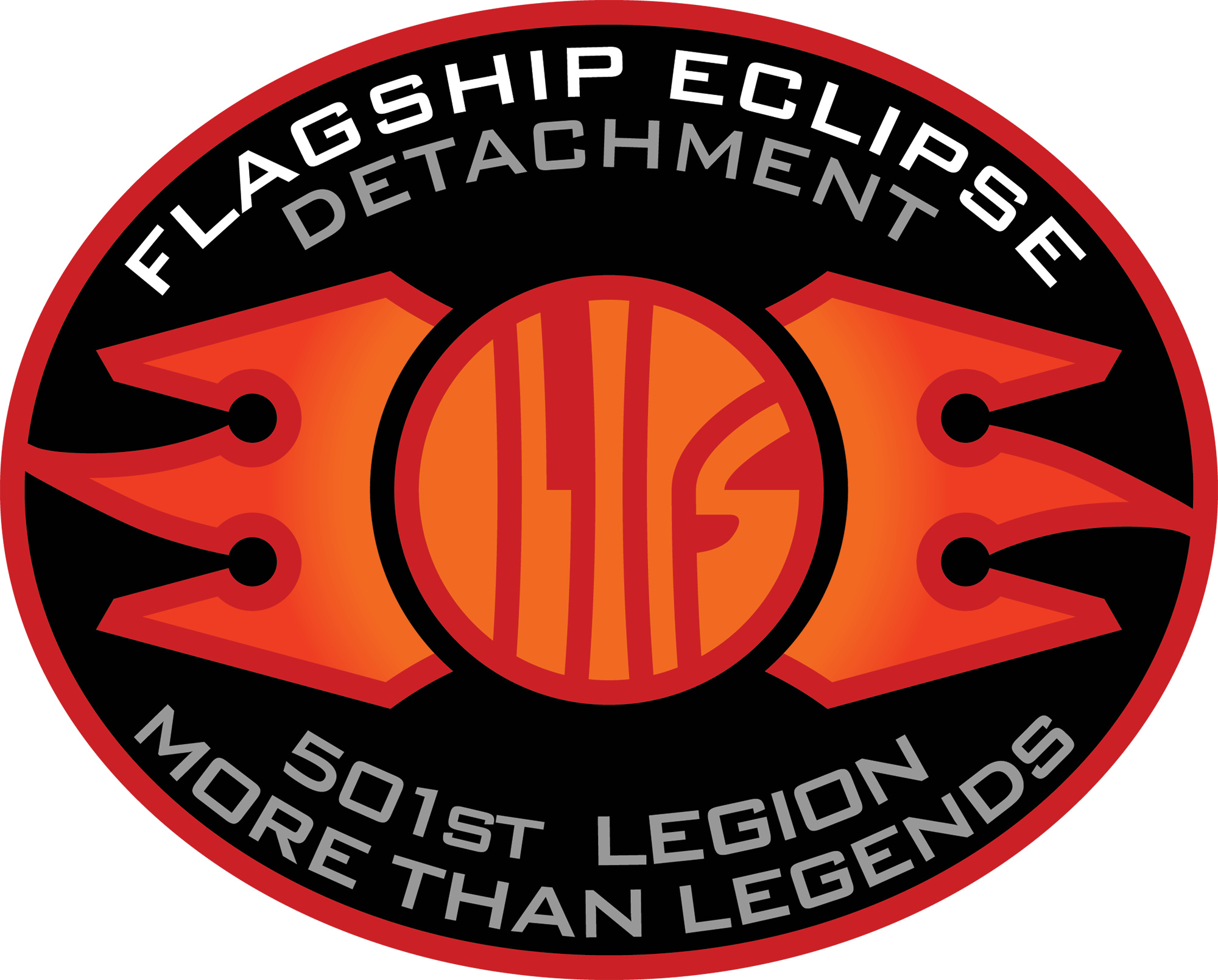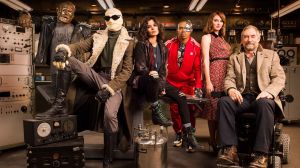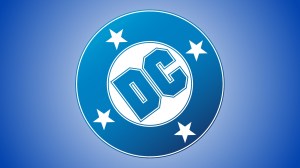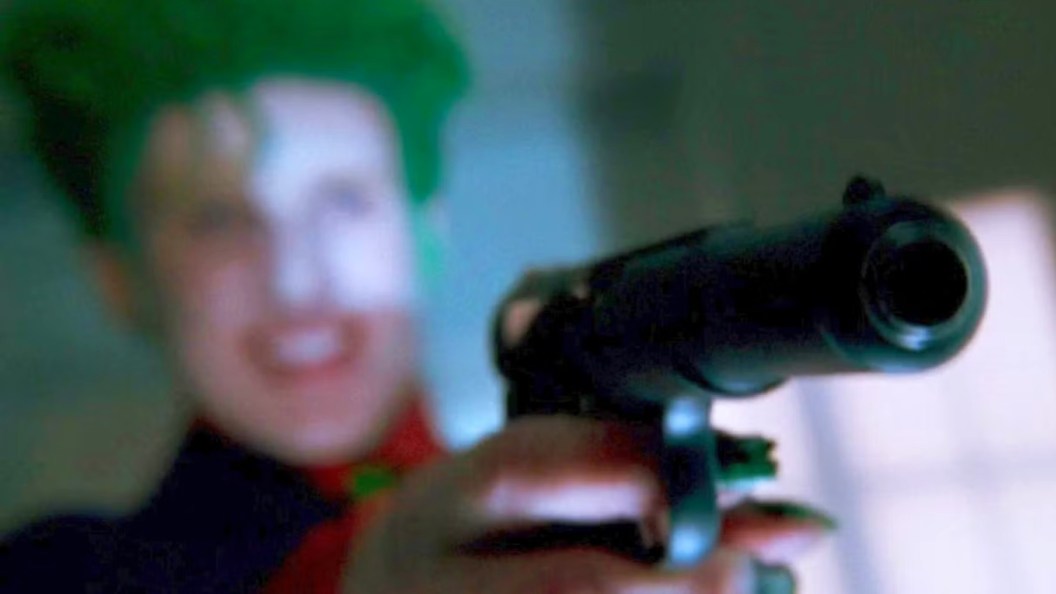
These days, it often feels like there are more superhero movies and shows than we can keep track of. Between the larger superhero universes, fans have several new productions to keep up with each year, and honestly, who’s complaining? However, it does mean that older content sometimes gets lost in the wind. Before The Arrowverse, the most prominent live-action DC series tend to be remembered as Superman’s domain, thanks to Smallville and Lois & Clark: The New Adventures of Superman. But there were others who bravley struck out before the modern age of Marvel and DC blockbusters.
One of the most interesting examples is Birds of Prey, which brought beloved characters to the live-action front as early as 2002. The show – memorable to factoid fans as the debut of Mark Hamill’s (brief) other take on the Joker – tried to break the mold and create something new, and while it didn’t always hit, fans loved what it tried to achieve. It was a tale full of heart and vigilantism.
Birds of Prey was a WB production with Laeta Kalogridis at the helm. It brought three of our favorite heroes to the forefront, and it wasn’t afraid to go about things in a very different way. Starring Ashley Scott (Helena Kyle/Huntress), Dina Meyer (Barbara Gordon/Batgirl/Oracle), and Rachel Skarsten (Dinah Redmond née Lance), the show portrayed a different side of Gotham, from the heroes within to the classic villains they battled. The show only got one season, totaling 13 episodes. While it opened to decent ratings, it’s largely been lost to time. Even those who were invested in the show found themselves losing track of where it went.
New Gotham City, Old Gotham Problems
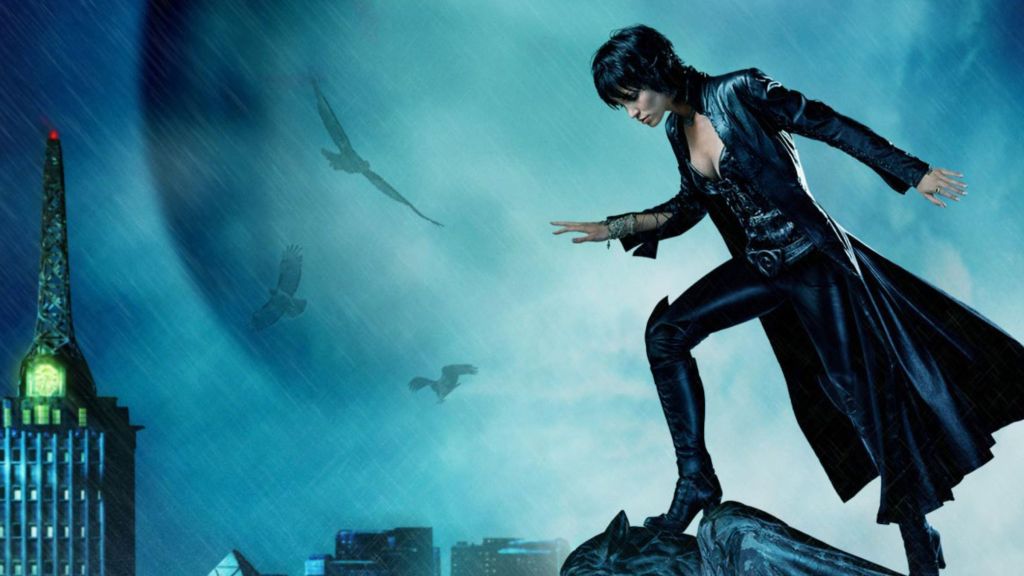
The story of Birds of Prey takes place in a slightly distant future, years after Batman has…left. There’s a lingering open-ended question about what happened to Batman, which presumably would have been answered in later seasons but never got a chance to play out. Since Gotham always needs a hero to save the day, Barbara Gordon, fully in her Oracle era, stepped up to lead the war on Gotham’s criminals. Her feet are on the ground, of course, are Helena and Dinah.
Birds of Prey played around with many concepts – some familiar, some new. Of the latter bracket, the show presented Alfred Pennyworth (Ian Abercrombie) as Helena’s inherited butler, and included at least one police officer trying to find the balance between making a difference and vigilantism. As for an origin story: Barbara was shot by the Joker, ending her days as Batgirl, while Helena is the daughter of Catwoman and Batman, and while her father’s absence is a mystery, it’s very clear that Catwoman has been killed. That leaves Dinah, who becomes the new addition to the trio – the fresh blood, so to speak, playing the role of audience surrogate. You may notice that she’s missing her classic codename. We can only assume she would have grown into that mantle with time.
Birds Of Prey Tried Something New
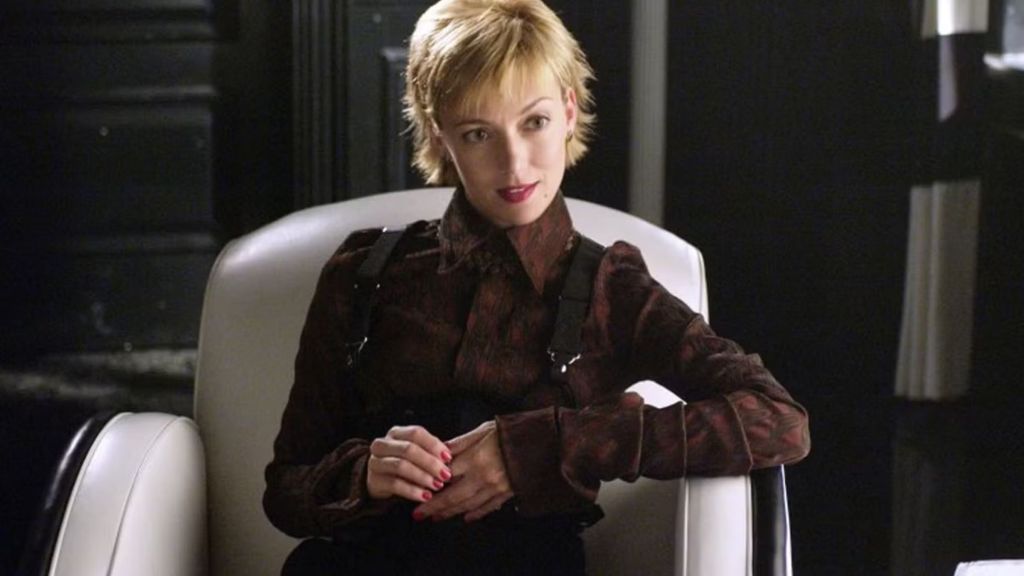
While Birds of Prey may have utilized a familiar framework to build the story, it quickly dived into new territory. Even the setting shifted, portraying a fractured Gotham: Old Gotham, New Gotham, and No Man’s Land. With Oracle at the helm, the story had more of a noir-inspired feel to it, going for more of that gritty and darker tone that DC was famous for in the ’00s.
Here’s where Birds of Prey really broke ground, as it allowed a series to be entirely led by female superheroes. They were complex, had lives, motivations, and needs outside of their relationship status, and more. It likewise provided them with an intriguing villain, Dr. Harleen Quinzel. She’s a different take on Harley Quinn, though one that does occasionally peek her head out from the DC Universe.
Birds of Prey and the Expanding DC Universe
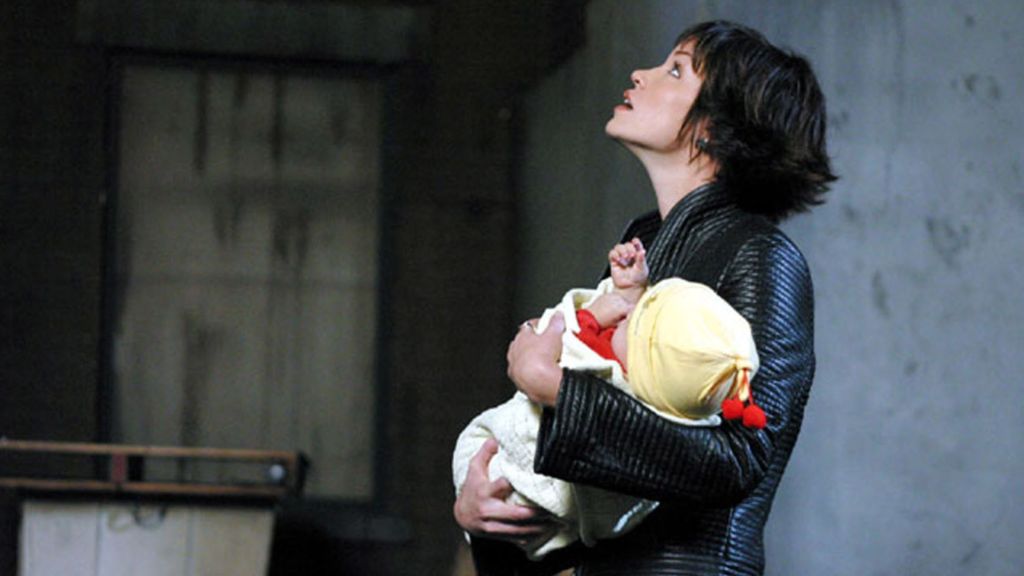
In a way, DC greenlighting Birds of Prey (2002) isn’t all that surprising. It came a year after Smallville had hit the scene, and we all know how well that series went. While lightning doesn’t always strike twice, the entertainment industry is always going to act like it can. Birds of Prey doesn’t have any direct ties to Smallville, though, interestingly, it would forge a tie to Arrowverse, which came out several years later.
During the Arrowverse crossover event, “Crisis on Infinite Earths,” Ashley Scott was brought back to reprise her role as Helena. Unfortunately, the world this Helena hailed from, Earth-203, was destroyed by the Anti-Monitor. This not only canonically puts the Birds of Prey into the Arrowverse continuity, but likewise destroys it. Ironic, right?
No matter how we look at it, Birds of Prey was a bold and daring series. While we can’t pretend that every detail and risk paid off, we respect the attempt and lament that the series was given a chance to flourish and grow. We guess we’ll never know what happened to Batman, or where the trio would have gone from here.
Birds of Prey (2002) is currently not available to stream but can be rented from several platforms, including YouTube and Amazon Prime Video.
The post This Forgotten DC TV Flop From The Early 2000s Was Actually Way Ahead of Its Time appeared first on ComicBook.com.
